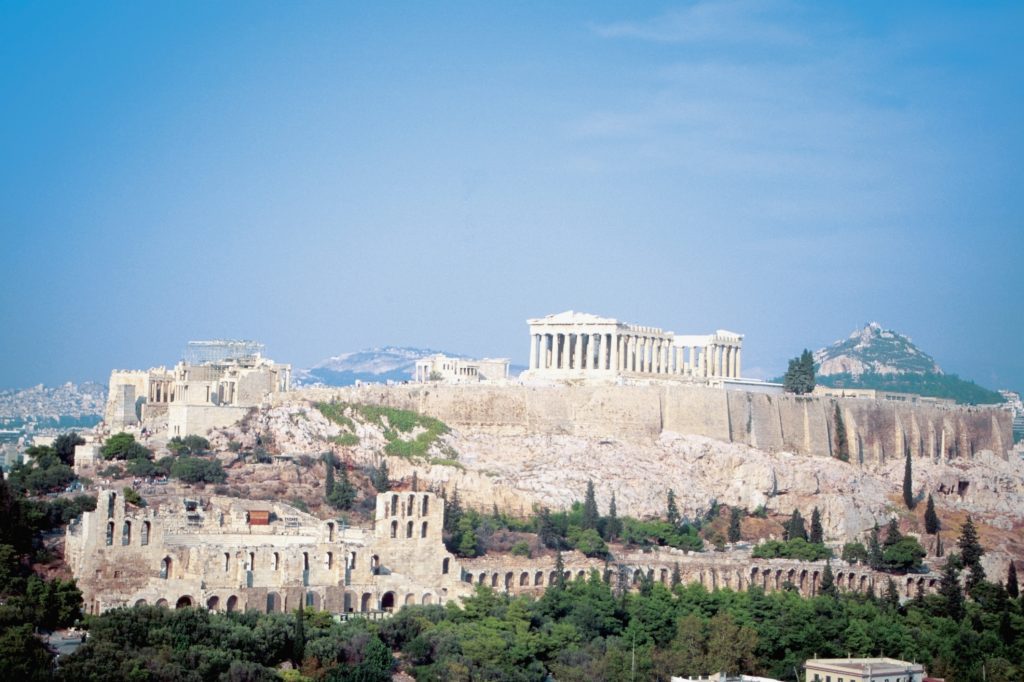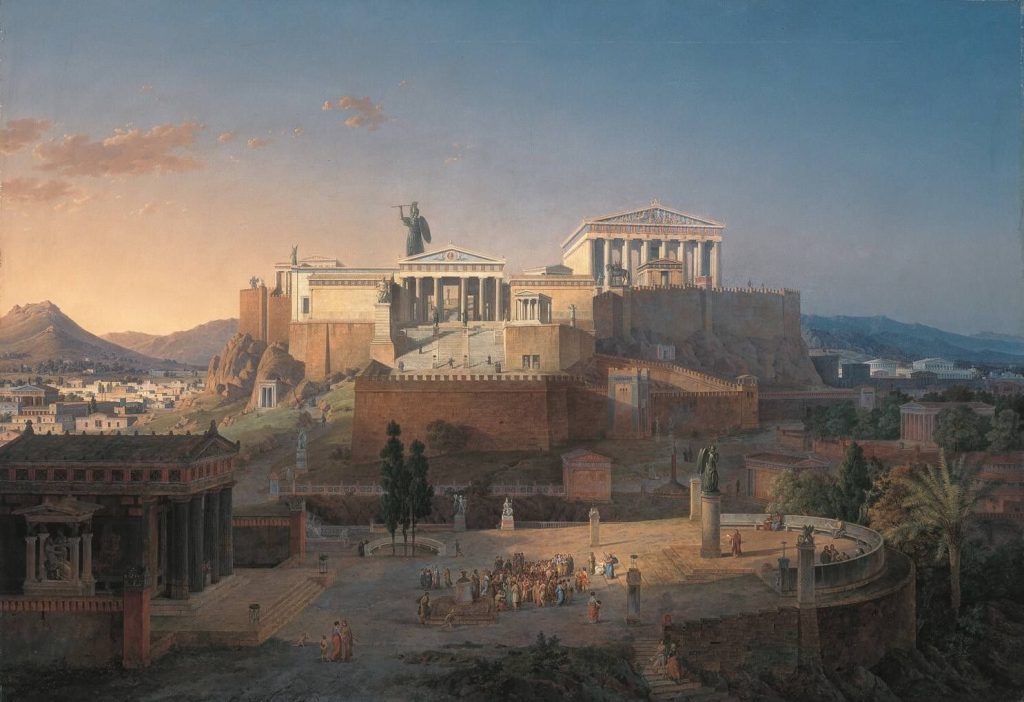A Civilisation is any complex society that has developed a political state, social stratification, urbanisation, and Symbolic communication systems. In addition to natural spoken language.
Historically, “Civilization” has been defined as a larger and “more advanced” culture, in contrast to smaller, apparently less advanced cultures. In this broad meaning, a Civilization contrasts with non-centralized tribal cultures. Such as nomadic Pastoralist cultures, Neolithic cultures, or hunter-gatherer cultures; yet, it can also contrast with cultures found inside Civilizations. Civilizations are densely inhabited towns with a ruling elite and subservient urban and rural populations that take part in intensive agriculture, mining, small-scale manufacturing, and trading. Civilization concentrates power, letting humans to exert influence over the rest of nature, including other humans.
The concept of world history as a series of “Civilizations” is new. During the European Age of Discovery, nascent Modernity was mixed with the Neolithic and Mesolithic stages of many of the peoples they visited. The term “Civilization,” as it is currently the most understood. It refers to early empires that arose in the Fertile Crescent during the Early Bronze Age, circa 3000 BC. As a complex polity with centralization, social stratification, and labor specialization. Gordon Childe was the Civilization’s birth as the outcome of two sequential revolutions: the Neolithic Revolution, which showed the work of fixed groups, and the Urban Revolution.
Urban Revolution
Initially, the Neolithic was connected with shifting subsistence cultivation. Which continual farming depleted soil. Also forcing farmers to farm areas further and further away from the settlement, finally forcing the town itself to relocate. Annual flooding replenished soil in large semi-arid river valleys every year, letting human densities to expand dramatically. This sparked a products revolution, with humans using Domesticated animals not just for meat, but also for milk, wool, manure, and pulling ploughs and carts – a trend that expanded throughout the Eurasian Oecumene.
The older neolithic technology and life style were formed first in Western Asia (for example, at Göbekli Tepe, around 9,130 BCE). Then in China (for example, the Peiligang and Pengtoushan cultures), and later expanded. Mesopotamia saw the earliest Neolithic Revolution advancements around 10,000 BCE, with civilizations appear as early as 7,400 years ago. This region has been described as having “inspired some of the most significant advances in human history, such as the creation of the wheel, the farming of the first cereal crops, the construction of the oldest cities, and the development of the cursive script.” Similar pre-civilized “Neolithic revolutions” began separate in Northwestern South America around 7,000 BCE.

The 8.2 Kiloyear Arid Event and the 5.9 Kiloyear Interpluvial saw semiarid zones dry out and deserts spread widely. The cost-benefit ratio of endemic violence between communities evolved as a result of climate change. Which resulted in the abandonment of unwalled village communities and the rise of walled cities associated with the earliest civilizations.
This “urban revolution” represents the start of the accumulation of transferrable surpluses, which aided the development of economies and cities. It was related with the birth of a military class and chronic warfare, the quick growth of hierarchies, and the birth of human sacrifice.
The Future
According to political scientist Samuel Huntington, the clash of civilizations will be the showing feature of the Twenty-first century. Battles between civilizations, according to Huntington, will replace the conflicts between nations or states and ideologies that marked the Nineteenth and Twentieth centuries. Others, including Edward Said, Muhammed Asadi, and Amartya Sen, have fiercely contested these claims. The “true clash of civilizations” between the Muslim world and the West. According to Ronald Inglehart and Pippa Norris, is caused by the Muslim rejection of the West’s more liberal sexual values. Rather than a difference in political ideology. Although they note that this lack of patience is likely to lead to an eventual rejection of (true) Democracy.
In Dark Ages America: the End of Empire. Cultural Historian Morris Berman argues that in the corporate Consumerist United States, the very factors that once propelled it to extreme individual, territorial and economy expansion. Also the pursuit of material wealth have pushed the country over a critical threshold where falling is for sure happening. Political wise linked with over reach, and as a result of environmental depletion and wealth polarization between wealthy and poor, he believes that the current system, saddled with massive debts and a hollowed-out economy, is physically, social wise, economy wise, and political wise difficult to sustain.

The Kardashev scale categorizes civilizations. It depends on their technical advancement, as assessed by the quantity of energy a civilization can harness. The scale is purely risky, but it puts energy use into cosmic context. The Kardashev scale allows for significantly more technology advanced civilizations than are currently known to exist.

